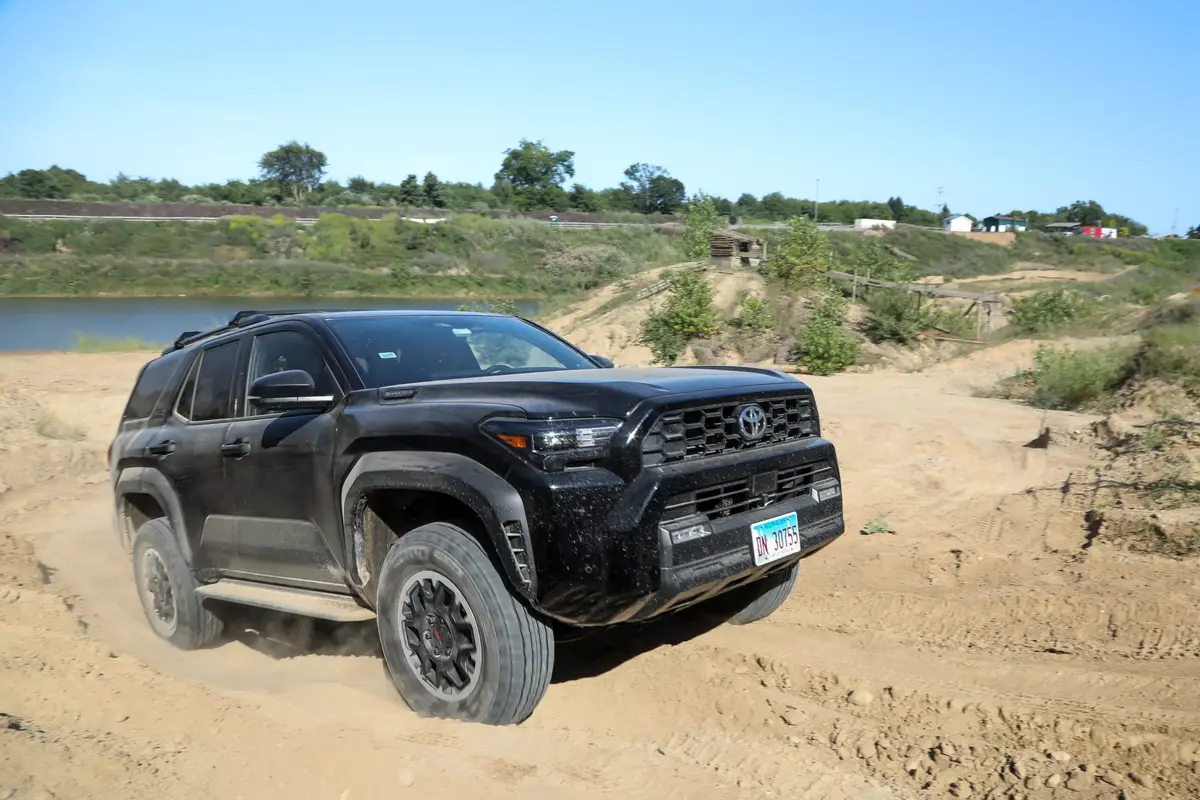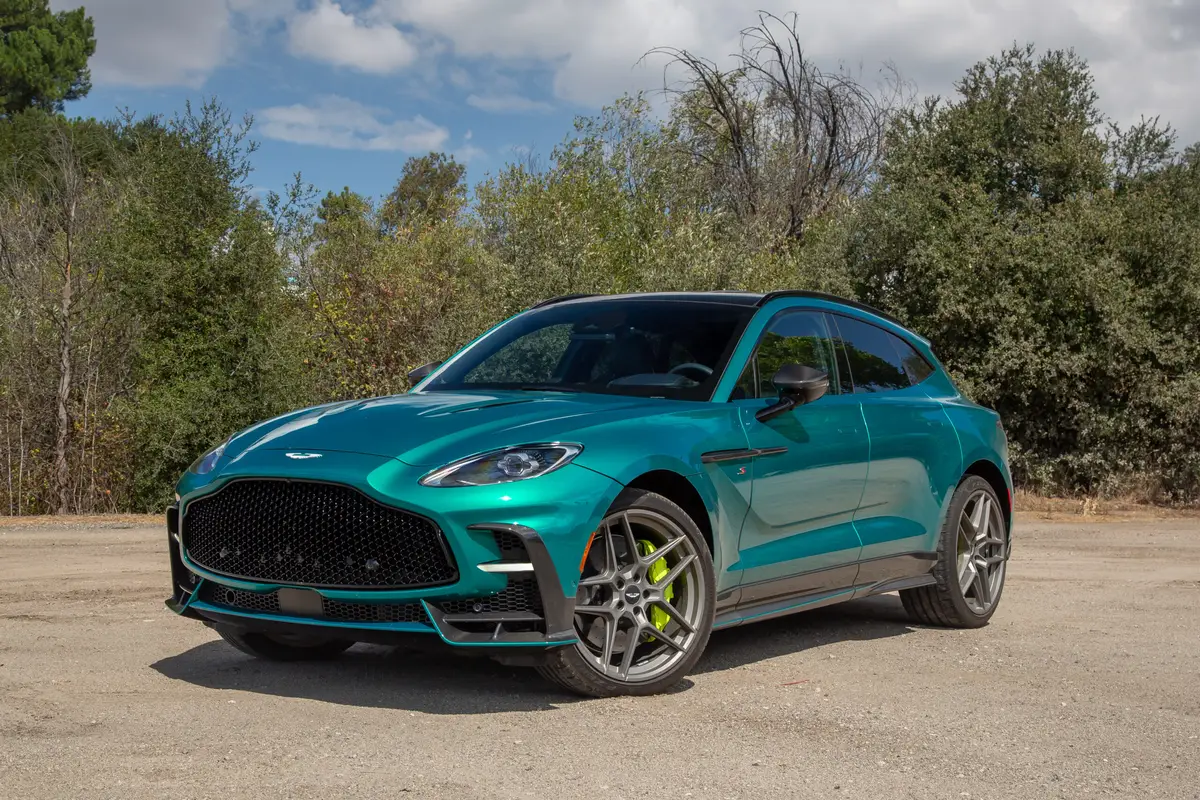Which One-Ton Pickup Performs Best as a Daily Driver?
As odd as it might sound, a mileage test takes on extra importance in the heavy-duty pickup truck class because manufacturers are not required to provide fuel-economy figures for HD trucks. We're happy to shed some light into the empty and loaded (with a 19,500-pound trailer) fuel economy this tandem had to offer as part of our 2017 One-Ton Heavy-Duty Pickup Challenge.
2017 One-Ton Heavy-Duty Pickup Challenge
| | | Daily Driving | | Results
It's an apt comparison: These two competitors featured the biggest, baddest diesel engine each manufacturer offers. In the 2017 Ford Super Duty F-350 Lariat, that's a 440-horsepower, turbo-diesel 6.7-liter V-8 Power Stroke that makes 925 pounds-feet of torque. The 2017 GMC Sierra 3500 Denali countered with a 445-hp, turbo-diesel 6.6-liter V-8 Duramax that makes 910 pounds-feet of torque. Both trucks also had six-speed automatic transmissions and four-wheel drive, though there was a slight difference between their rear axle ratios (3.55:1 for the Ford and 3.73:1 for the GMC).
Fuel-Economy Analysis
Our route was a 125-mile loop around Laughlin, Nev. It had some city driving but was mostly composed of long stretches of desert highway. Only the GMC trip computer recorded average speed readings for the loops, but its 56-mph average on its unloaded run and 48-mph average while towing are indicators that most of the miles were covered at highway speeds. The route was also, for the most part, flat, with relatively few long uphill grades to navigate. Because we had one trailer, we ran the route twice, so each truck ran it once unloaded and once while towing our loaded 50-foot-long gooseneck trailer.
The GMC beat the Ford in both tests, winning the unloaded run handily and squeezing out a narrow victory margin in the towing run. This was not wholly unexpected as GMC's engine has a slightly smaller displacement and the GMC is about 250 pounds lighter than the Ford.
As Daily Drivers
These fuel-economy loops also gave us a chance to see how the trucks function as daily drivers. The good news is, they both jumped off the line quicker than their size would indicate, and there was always plenty of power on tap for passing or for driving around town.
Where we found differences between their on-road performances was up front: The Ford had a live axle, which gives it a solid feel, but the GMC's independent front suspension gave it a bit more handling precision than the Ford. The F-350 did provide a nice counter with an active steering system (tech located inside the steering wheel). The system gave the wheel a quicker ratio at low speeds, which we found quite helpful in parking lots, and a slightly slower ratio at highway speeds, providing a smoother feel on the road with and without a load.
Our Ford was trimmed with a mid-level option package (our Lariat trim was almost $75,000), but the cloth seats did not provide the support we expected, especially when compared with the plush setup of the Denali top trim level from GMC. Of course, the GMC was not perfect, either; it's overdue for a technology update to catch up to the Ford, especially when it comes to safety systems and cameras.
How We Conducted the Testing
We used one driver to do all the unloaded test driving and another to perform the towing during both our fuel-economy loops. This allowed both trucks to be driven in the same manner on both loops. Both trucks were filled up before and after the drives from the same diesel pump station for consistency, as well. As per our usual procedures, windows stayed up and air conditioning was on during the entire test. No Eco modes, manual shifting or cruise controls were used at any time, and the trucks were always started up and driven at the same time. Further, each pickup was put into Tow/Haul mode when towing the trailered load.
Cars.com photos by Evan Sears, Brian Wong

Featured stories


2026 Aston Martin DBX S Review: Excellence in (DB)X S


